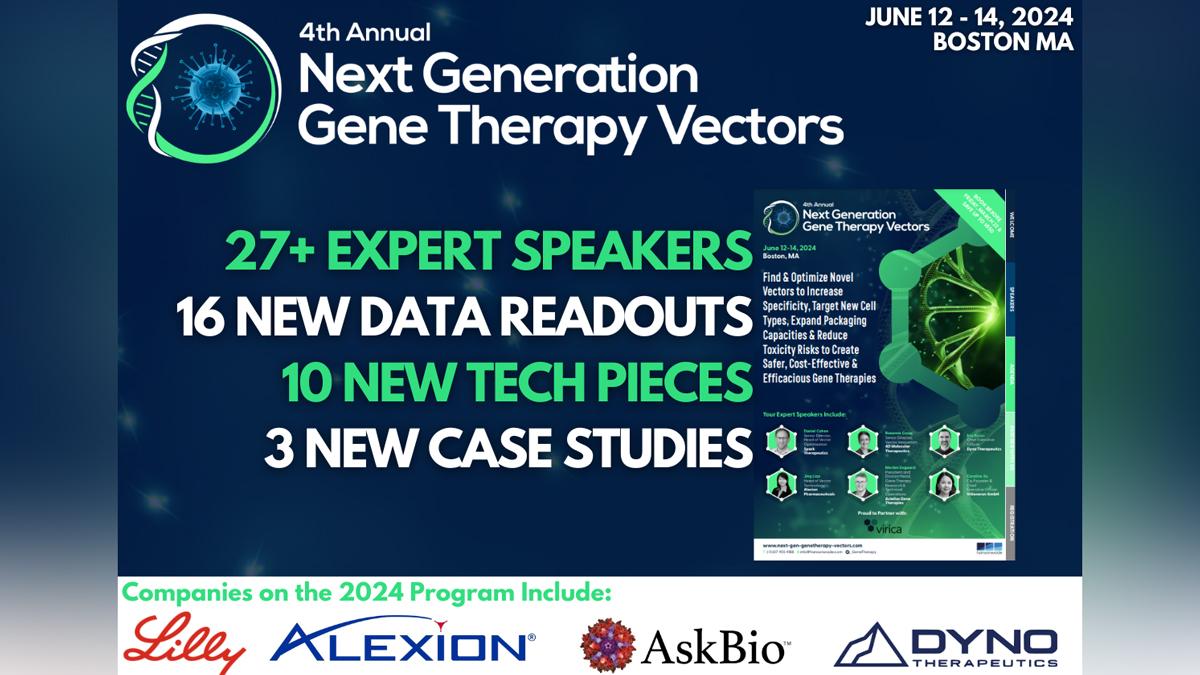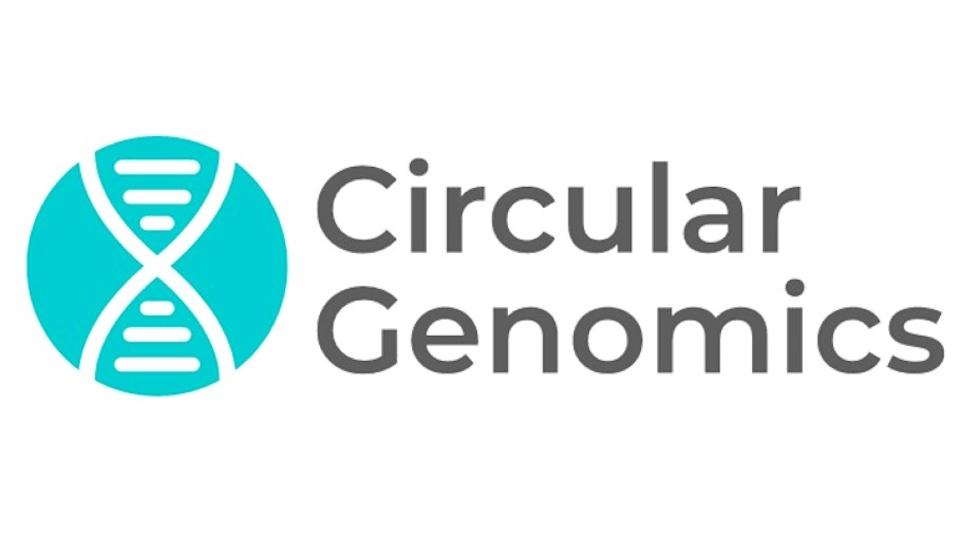Reflections on eyeforpharma Barcelona: making the most of every conversation

Returning from last week's eyeforpharma Barcelona event on pharmaceutical industry commercial engagement, Paul Tunnah considers the challenges it raises and some parallels with the world outside healthcare, in speaking with IMS Health's Craig Fiebig.
The mantra for last week's eyeforpharma Barcelona event was 'your customer is in charge'. But in reflecting on the event, it might have been equally appropriate to use 'pharma seeks to rebalance the conversation', given the array of healthcare stakeholders attending and now shaping the way new medicines are utilised.
Two things were most apparent compared to last year. Firstly, the patient voice was not just present at the event, but all-pervasive. An invited group of patients was offered first refusal on the questions after each session and also featured heavily in the presentations themselves. Secondly, and in line with this, our definition of multichannel marketing has had to shift, because it's not just multichannel any more, but multi-stakeholder. Engaging with the prescribers alone is not enough, when payers, patient organisations, patients and policy makers are equally important.
"It's not just multichannel anymore, but multi-stakeholder"
This creates three main challenges for the pharmaceutical industry; it has to gear up its engagement systems and processes to integrate communication across these groups, the language it uses to interact with each stakeholder needs to be tailored and it needs to ensure compliance with regulatory codes in all instances.
So what does this actually mean for the pharma industry?
Craig Fiebig, of IMS Health, draws upon prior experience in the broader software industry to identify challenges and patterns to help pharma adapt. He sees parallels with his time overseeing the launch of new generations of software products. Often, subtle differences in new versions required sophisticated messaging to a focused audience.
"We had to consider a micro-set of highly influential customers for whom the message would resonate. This approach forced us to put the brand in the back seat and invite the customer up front, directly into the conversation. Thinking in terms of a conversation with a person rather than a 'campaign' to a 'segment' drove a new level of authenticity into those discussions. We strove to speak with each customer as an individual," says Fiebig. It all sounds rather familiar when you see how this maps directly to the context for pharma of an increased move to specialty medicines targeting niche patient populations.
While Fiebig recognises that pharmaceutical companies operate in a somewhat unique environment from a regulatory standpoint, he sees lessons here from his former work beyond healthcare in helping the industry engage through the lens of the customer. "Everyone likes to believe in their own uniqueness, whether it's a drug company or service provider, and it can make us quite jargon-centric," Fiebig adds, expanding on this by saying that "we therefore need to not only personalise the language we use, but also build engagement platforms and processes not around internal roles and silos, but around our customers' customer – the patient. When we place patient outcomes at the centre the right outcome will unfold."
"We need to build engagement platforms and processes around our customers' customer – the patient
His point is well reinforced in conversations with any of the patients or doctors present at the event. Talk to them about 'multichannel marketing', 'closed-loop marketing', 'key account management', or even 'patient-centricity' and they will give you a blank look. To them, they are just people trying to find solutions for a condition they are living with or treating (indeed, as Fiebig notes they are 'people' living with a condition, not patients), and a pharma industry that engages with them in a cooperative way towards those aims should just be what every interaction delivers. In other words, good sales, marketing and communications should be thought of as a discussion, a conversation. It requires understanding, anticipation and refinement. Otherwise the listener will abandon the conversation and move elsewhere.
The other term that leaves the patients, in particular, slightly bewildered is 'compliance'. They loosely understand healthcare's use of codes, but cannot comprehend if and when those codes become a reason for inaction. They want to work with pharma, and pharma to work with them. The reality is that there are no rules saying pharma cannot talk to patients, just that it cannot promote to them, at least in most markets.

IMS Health's Craig Fiebig counsels pharma to efficiently engage customers and not just spin its sales and marketing wheels
Here, Fiebig also draws upon his life outside pharma to consider how the industry can tackle this problem. He references 'P-Zero' (Priority Zero) attributes for the systems pharma uses to engage with all its customers; when shipping software, Priority Zero means the non-negotiable attributes of a product. No product ships to a customer before its Priority Zero requirements are met.
"There are three P-Zero attributes in pharma. The first is 'trust' – ensuring the appropriate use of medical information is paramount. Second, 'global access' is critical – the ability for customer information to be globally, securely accessible reflecting the global nature of life sciences. Finally, 'expert verification' is important – the ability to identify those responsible for information and respond to privacy and change requests," Fiebig says.
It's interesting when you consider how close one of the most visited repositories of health information, Wikipedia, is to meeting the above criteria, but how close are the industry's current systems? If the pharmaceutical industry is to rebalance the conversation away from platforms such as this, it needs to radically rethink how it goes about external engagement within this context.
"To really prosper in this new environment, there is no room for thinking in silos"
To really prosper in this new environment, there is no room for thinking in silos. The traditional approach within pharma of asking 'how can I make my sales more efficient?' or 'how can I make my marketing more efficient?' has to shift. As Fiebig, and a number of others at the event noted, that approach leads to the 'Henry Ford' problem – wanting a faster horse. Instead, pharmaceutical companies must look beyond their own silos and think about how to drive effectiveness for their customers via their own 'Priority Zero' criteria rather than merely seeking efficiency within today's silos.
In medical terms, eyeforpharma Barcelona made it clear that the current prognosis for pharma is strong if it continues to shift the way it treats customers. The industry is regaining control of the healthcare conversation and its role within it. The diagnosis for success is also clear – put the needs of the patient and healthcare provider at the centre of everything it does, intrinsically woven into every engagement.
So to come back to where we started, should the 'customer' be in charge or decisions driven by a more democratic conversation involving pharma? Patients don't care – they want to live longer, better quality lives and they need healthcare systems and pharmaceutical companies to collaborate to achieve that.
Visit the eyeforpharma Barcelona hub page to view the archived live coverage from all three days, sponsored by IMS Health.
About the contributor and author:
Craig Fiebig is a 30-year veteran of the computing and personal computer software industry. He's lead Product Management for some of the most successful and fastest-growing products in the industry and he's excited to apply the lessons he's learned to help pharma drive deeply personalised conversations about their products and innovations at global scale.
Paul Tunnah is CEO & Founder of pharmaphorum media, which facilitates productive engagement for pharma, bringing healthcare together to drive medical innovation. It combines industry-leading content and social media engagement services with the globally recognised news, information and insight portal pharmaphorum.com, working with pharmaceutical companies, service providers and broader healthcare organisations to help communicate their thought leadership and connect them with relevant stakeholders.
For queries he can be reached through the site contact form or on Twitter @pharmaphorum.
Have your say: How can pharma deliver meaningful multi-stakeholder engagement?
Read more from Paul Tunnah:











